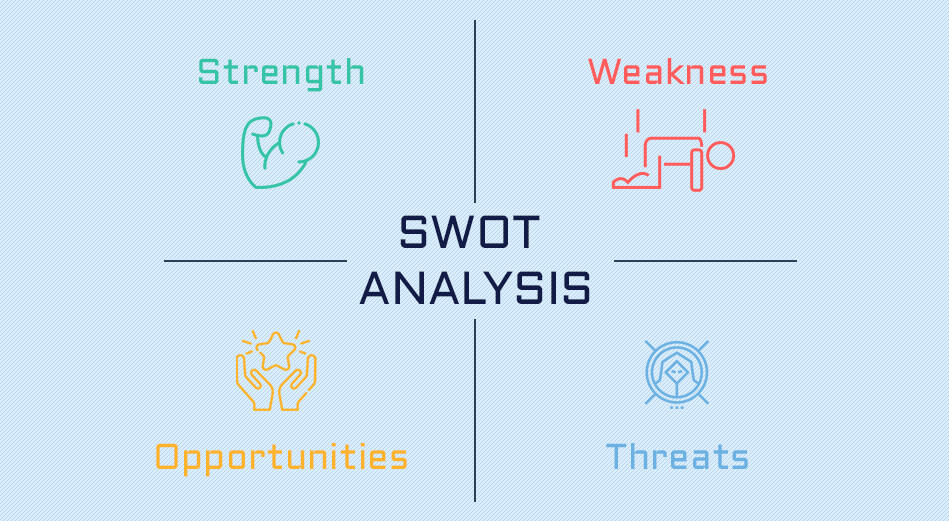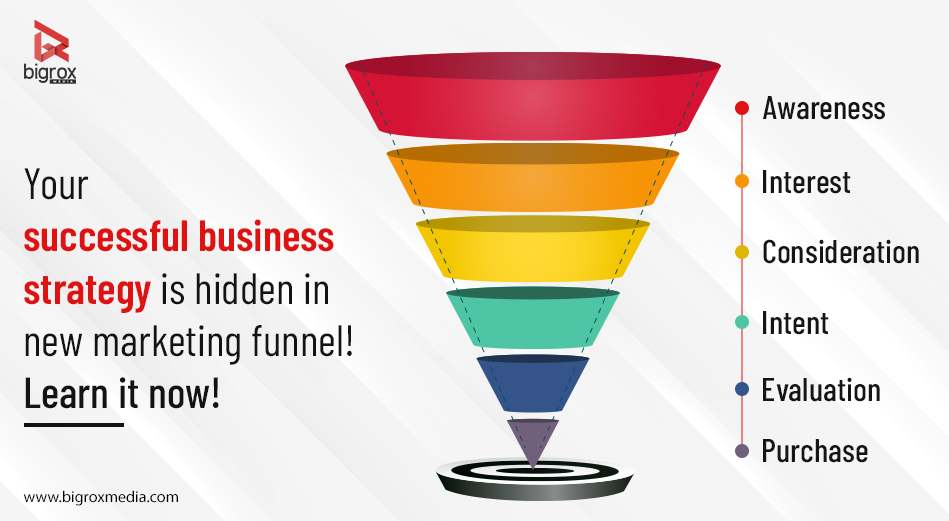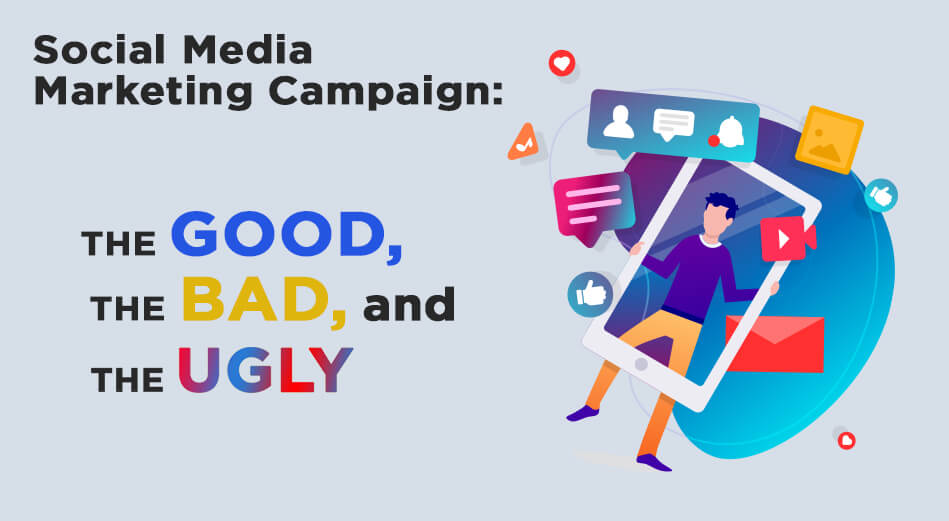
Your writing technique is of no use if your content receives a high bounce rate. In a simple tone, there is no purpose of putting efforts and investing time on your content, which is not engaging your potential customers. After all, brand messaging is vital to let your target audience know what your business is about.
No matter, whether you are promoting your business through articles, blogs, video, copylines, social media portals, branding messages, and more, engaging elements need not be missed in them! For this, you need to work on your content marketing strategy and writing technique. A well-written content makes customers come back to your business site for more.
However, there is no secret formula for writing persuasive and high-quality content that would make readers save it. But, these marketing communication techniques can make your audience to avoid ignoring your content.
Learn about these five effective marketing communication techniques here –
1. Know Your Target Audience
You can’t afford to waste time on the content that is not perfectly focused on your target market. It is essential to find out your target market. But how? A good content naturally attracts an audience. The marketing world says that every visitor is not your customer. True visitors are likely to connect your content to your brand or buy your product because of the content.
You will be able to create the right marketing content once you understand who your real audience is. Moreover, letting your consumers know why your brand exists can be a fruitful writing technique.
2. SWOT: Be a Solution to Your Audience Problem!
Many successful brands such as Amul, Nestle, Amazon, Raymond, and more are people’s choice for years due to SWOT analysis. It is a self-analysis technique that can easily help you frame your vision and goals in words.
How? You might not have heard about SWOT before, but many reputed brands have engaged their audience through it.

Know What SWOT is?
Defined as a Strategic analysis framework, SWOT evaluates the competitive position of the brand for building strategies and brand messaging plans. SWOT is an acronym of Strengths, Weaknesses, Opportunity, and Threats to determine the internal and external factors of the organization. Let’s understand it with an example –
Suppose you have to market Amul. Do a SWOT Analysis of Amul first. Amul is a renowned and dominant brand in its category. With its efficient outcomes from SWOT analysis, the brand has reached the skies today. Have a look –
Strength of Amul
- Production Capacity: It is the largest manufacturers of dairy products across the world and supplies almost 18 million liters of milk daily.
- Investment in Revolutionary Technologies: Amul is continually investing in adaptive technologies within the dairy industry.
- Strong Brand Value: Amul is the most recognizable brand in India, and the blue-haired girl is the oldest and iconic mascot that the brand still uses.
- Quality: Amul has never undergone any significant issues affecting its quality within the Indian market.
- Large Customer Base: The brand has a huge consumer base spread across the rural and urban regions of the country.
Weaknesses of Amul
Like strengths, weaknesses are also internal to the brand.
- Low Success Rate in Particular Areas of Portfolio Expansion: Not every product of the Amul has experienced the same amount of success.
- High Operational Cost: It can be problematic for the company if it experiences a fall in demand.
Opportunities for Amul
- International Expansion: Amul can serve global markets largely by targeting Indian expats living overseas.
- High per Capita Milk Consumption: India is a high milk consuming country. Amul can broaden its production capacities and engage new consumers.
Threats for Amul
- Increasing Competition: Amul now has many competitors such as Mother Dairy, Kwality Ltd, and more.
- Trending Veganism in India: Most people are moving towards veganism, which means they don’t consume dairy or milk products. It can be a concern for Amul.
The SWOT analysis of Amul shows how the brand has transformed from a dairy firm to a trusted brand in the nation.
Now, based on such an analysis, you can find the positioning for your brand and determine the target audience. This will help to evolve the content for your marketing communications strategy.
3. AIDA: Inspiring Execution with Your Writing
Every day we are bombarded with headlines formed to grab our attention. In the competitive world of advertising and marketing, every brand is working hard to get noticed through its content.
And thus, AIDA (Attention, Interest, Desire, and Action) comes into existence to ensure that your content grabs attention. With the help of AIDA, you can make the audience take notice of your content and enhance your brand awareness.

How to Use AIDA in Content Marketing?
Attention: In the media-filled world, you need to be quick. Use powerful words that make people read what you have to say next.
For instance, to encourage people to provide feedback to a company training session, the email subject “How efficient is your feedback?” can get a click than the subject “Your feedback on this week’s seminar.”
Interest: Know your readers’ interests. Talk about them in your content. Include the solutions for problems your readers seek. Apart from this, make the article or blog appealing by using bullets, inserting subheadings in bold, breaking sentences into short, and highlighting important facts.
Desire: Once the content piece has gained the consumer’s attention and interest, now it is essential to fulfilling his needs.
For instance, a backpack used both for traveling purposes and office purposes would engage more audiences. So you may expand upon its benefits – how your product will solve their challenges and simplify your customers’ life – in order to build their desire to buy from your brand.
Desire is the stage where the consumer has almost made the decision. Therefore, content marketing should also contain the desire for readers, helping them clear their doubts, and making the buying decision.
Action: Your final action should take readers to the landing page where they can get the product they are looking for. Add call-to-action or provide the site’s address for easy reach.
Using the AIDA model in content marketing can help your audience implement the buying action. And if they become a loyal customer, they’d be happy advocating your brand to others.
4. Create a Hook Throughout the Content
A writer is a storyteller. But, a storyteller in the marketing world communicates through connectivity, engagement, prominence, credibility, and interests in the content. Don’t break the flow. Work on your writing skills and craft your write-up in a way that your story has a good ending that your audience can connect with.
5. Moment Marketing: Timing is Everything!
Writers in a marketing field need to keep their ears and eyes open so that they have everything updated with them. You know it better how #RahulBosemoment has played a crucial role for brands to advertise themselves. So, be smart enough to showcase your communication skills through moment marketing as well.
Also, on the other hand, you can develop content for the upcoming festivals or whatever is trending online.
Therefore, brand messaging can reap huge benefits if content marketing is done precisely and accurately. There is nothing much to be proud of saying that content is the marketing king because some writing strategies lose their kingdoms too.
Hence, a brand needs to look for professional copywriting services where a writer knows how to lead the marketing kingdom with the effective techniques discussed above.










